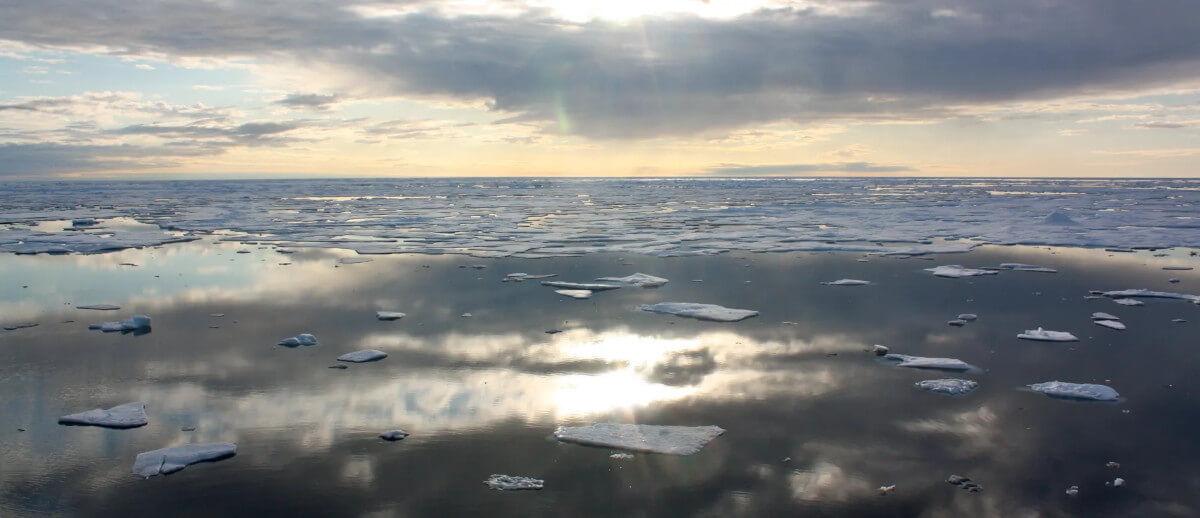Next spring, NASA is preparing to launch the Prefire mission (Polar Radiant Energy in the Far Infrared Experiment), two cubesats that will be sent into space to study how much heat the planet absorbs and emits from its polar regions. These measurements will serve as the basis for climate and ice models.
the Two new NASA mini-satellites will begin crossing Earth's atmosphere in a few months. Detection of heat lost in space. Their observations from colder regions of the planet will help predict how ice, seas and climate will change in the face of global warming.
Roughly the size of a shoebox, the CubeSats consist of a mission called Prefire. Equipped with technology proven on Mars, you can The goal is to reveal for the first time the full extent of heat loss from Earth's polar regionsWhich makes climate models more accurate.
Prefire was jointly developed by NASA and the University of Wisconsin-Madison, with team members from the University of Michigan and the University of Colorado. The mission begins with the Earth's energy budget. In the process of achieving planetary balance, ideally, the amount of thermal energy the planet receives from the Sun will be compensated by the amount it radiates from the Earth system into space. The difference between incoming and outgoing energy determines the Earth's temperature and shapes our climate.
The polar regions play a key role in this process, acting as Earth's radiator fins. Moving air and water, through climate and ocean currents, transports the thermal energy contained in the tropics toward the poles, where it is emitted as infrared heat radiation, the same type of energy that a heat lamp senses. About 60% of that energy flows into space at far-infrared wavelengths It has never been measured systematically.
Prefire can fill this gap. “We have the potential to discover some fundamental things about how our planet works,” said Brian Drouin, a scientist and deputy principal investigator for the mission at NASA's Jet Propulsion Laboratory in Southern California.
“In climate projections, a lot of uncertainty comes from what We don't know about the North and South Poles And the efficiency of radiation emission into space. “The importance of this radiation was not understood for most of the Space Age, but now we know it and intend to measure it.”
Every satellite which It will be launched from New Zealand Two weeks apart in May, it will carry a thermal infrared spectrometer. The instruments designed by JPL include specially shaped mirrors and detectors to split and measure infrared light. The Mars Climate Sounder on NASA's Mars Reconnaissance Orbiter uses similar technology to explore the Red Planet's atmosphere and climate.
Miniaturizing the tools to fit on CubeSats was a challenge for the Prefire engineering team. They have developed a miniature design optimized for the relatively warm conditions of our planet. with It weighs less than three kilograms, The devices take readings using a device called a thermocouple, similar to the sensors found in many home thermostats.
To maximize coverage, the Prefire Twin will orbit the Earth along different paths, overlapping every few hours near the poles.
Since the 1970s, the Arctic has warmed at least three times faster than anywhere else on Earth. Winter sea ice has shrunk by more than 41,200 square kilometers per year, a loss of 2.6% per decade compared to the 1981-2010 average. A change is also happening on the other side of the planet: Antarctica's ice sheets are losing mass at an average rate of about 150 billion tons per year.
The implications of these changes are far-reaching. Sea ice fluctuations shape polar ecosystems and affect ocean temperature and circulation. Meltwater from the kilometer-thick ice sheets in Greenland and Antarctica is responsible for about a third of Global average sea level rise since 1993
“If you change the polar regions, you also fundamentally change the climate around the world,” said Tristan Lecuyer, a professor at the University of Wisconsin-Madison and the mission's principal investigator. “Severe storms, flooding, coastal erosion — all of these things are affected by what's happening in the Arctic and Antarctica.”
To understand and predict such changes, scientists use climate models that take into account many physical processes. Running the models several times (each time under slightly different conditions and assumptions) yields a range of climate projections. Assumptions about uncertain parameters, such as the efficiency with which the poles emit thermal radiation, can significantly affect the forecast.
Prefire will provide new data on a variety of climate variablesIncluding atmospheric temperature, surface properties, water vapor and clouds. Ultimately, more information will produce a more accurate view of an ever-changing world, Lecuir said. “As our climate models converge, we will begin to understand what the future will look like in the Arctic and Antarctica,” he added.





